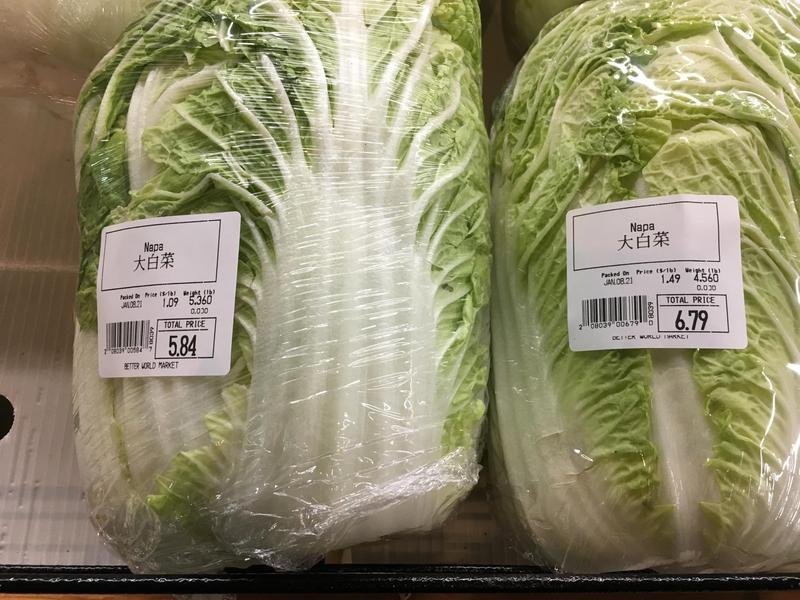Observation of a critical point during inflation dynamics

Introduction
Lost of Physicists are obsessed with phase transition. There are many types of phase transitions: thermal phase transition driven by temperature such as water ice phase transition, quantum phase transition driven by interaction such as superfluid to Mott insulator transition. Recently, a new type dubbed as “dynamic phase transition” also caught many physicists’ attention. You could refer to Markus Heyl, Dynamical quantum phase transitions: A brief survey, EPL 125 26001, (2019) for an Introduction. For example, as a function of time, the total spin of a interacting many-spin system could be oscillating between two distinct phases.
Dynamic phase transition in economics
In economics, even though the GDP might be increasing long term, there are always phases of economic growth and recession. In particular, the sudden change of price level could be view of a inflation/deflation dynamic phase transition. The transition is caused by many factors such as currency policy, economic growth etc.
Difficulty in study phase transitions
Typically, it is relatively easy to study regime far away from the transition point and very hard to study at exactly the transition point. Landau theory suggests that length scales would diverge at exactly the second order phase transition point. Lots of numerical methods fail at this point. (Though renormalization group theory comes to rescue) It is also an experimental challenge. It is similar for the dynamic phase transition, the exact time crossing the dynamic phase transition would be hard to pinpoint.
Observation of a dynamic phase transition in economics
Here, we report a observation of dynamic phase transition in a small grocery store. The inflation/deflation dynamic phase transition is signaled by the change of price values of goods such as groceries. However, groceries stores are typically sneaky that prices are often changed overnight. It would be difficulty to observe the critical point. In the Better World Market at West Lafayette, a small grocery store, the price is stamped to each grocery without a global price tag. This created an ideal platform to observe the transition point. We were able to take a snapshot of the price tag of two Napa cabbages.

The snapshot is taken by a Sony CMOS sensor with 12 million pixels of size 4.80 x 3.60 mm behind a RGBW filter. The image is resized to half the width/height. We would be glad to provide the original data if requested. The Napa cabbage on the left (right) is of price 1.09 (1.49) USD/pound. Before Jan 8, the price was 1.09. The 37 percentage increase of grocery price signature a the critical point of inflation/delfation transition. We observe that the price for a Napa cabbage in the same day is in a mixed state of price before the inflation and that after the inflation.
Other signatures
We also noticed that the price of ginger is increased from 2.99 USD/pounds to 3.99 USD/pounds, etc.
Summary
Covid-19 caused a stall of economic growth during 2020. We hope that the inflation/deflation transition could be overturned soon as the vaccination is rolling out in 2021.